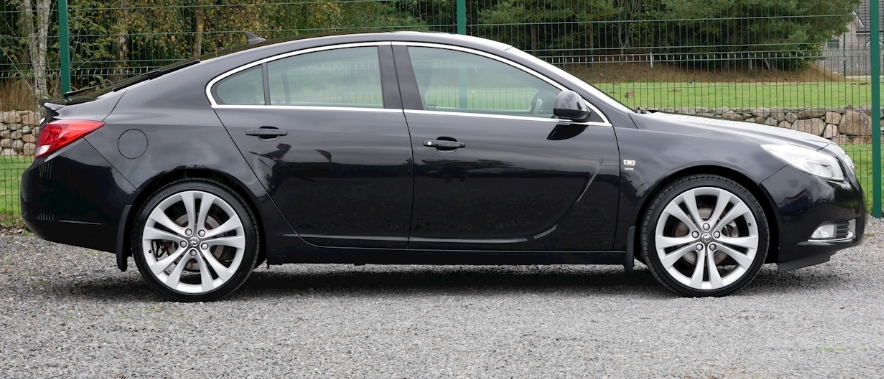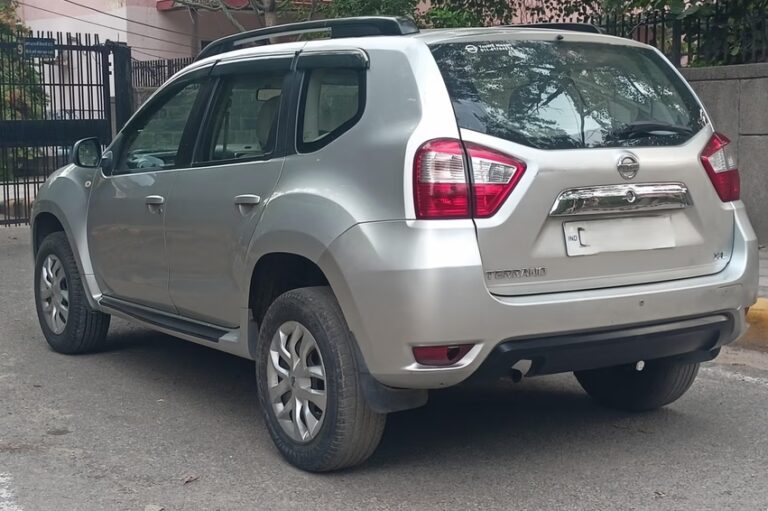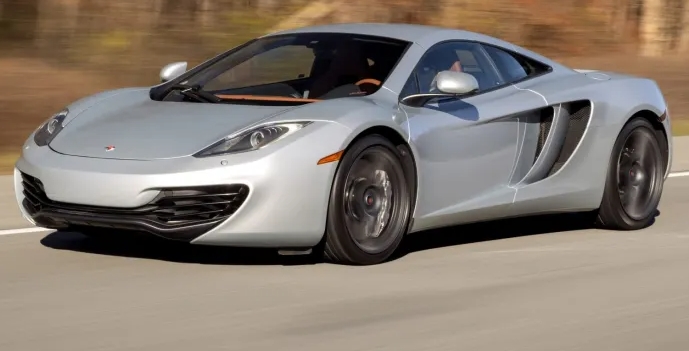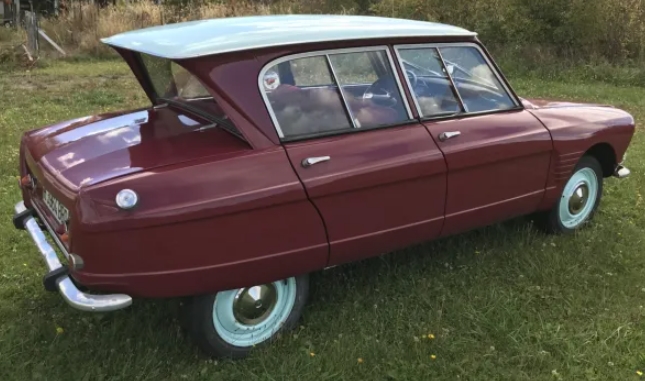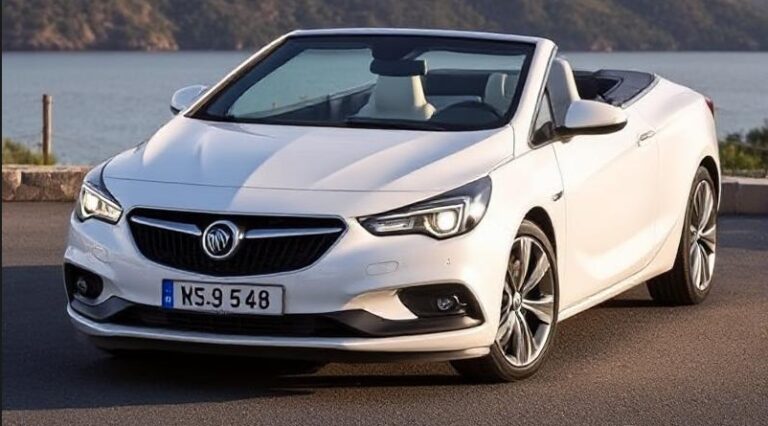The Evolution of the Vauxhall Insignia
The Vauxhall Insignia has established itself as a cornerstone of the British automotive landscape since its inception, embodying Vauxhall’s commitment to innovation, comfort, and performance. Over the years, the Insignia has undergone significant evolution, marked by technological advancements, stylistic updates, and a broadening of model and trim options. This article traces the journey of the Vauxhall Insignia from its debut to its latest iterations, detailing production years, models, and trim levels.
Introduction and First Generation (2008–2017)
Background and Development
Launched in 2008, the first-generation Vauxhall Insignia was a pivotal model for the brand, replacing the Vauxhall Vectra. Developed under the Opel/Vauxhall platform, the Insignia was designed to compete with European segment D models like the Ford Mondeo, Volkswagen Passat, and Mazda6. Its development aimed to combine sophisticated styling, improved ride quality, and a comprehensive array of features.
Production Period
- Production Years: 2008 to 2017
- The model was produced primarily at Vauxhall’s Ellesmere Port plant in the UK, with manufacturing also occurring in Opel plants across Europe.
First Generation Models and Trim Levels
The first-generation Insignia was available in multiple body styles:
- Sedan (Insignia Saloon)
- Hatchback (Insignia Hatch)
- Sports Tourer (Station Wagon)
Trim Levels
Initially, the UK market saw the Insignia offered in various trims, which evolved over the years:
- Design (2008–2010)
- The entry-level trim focused on affordability and practicality.
- Standard features included air conditioning, cruise control, and CD players.
- SRI / SRi (2008–2012)
- Sportier styling cues, upgraded wheels, and sport seats.
- Additional features included fog lights, sports suspension, and enhanced interior trims.
- The SRi trim became one of the most popular configurations.
- Elite (2008–2017)
- The flagship trim, emphasizing luxury and comfort.
- Included leather upholstery, climate control, parking sensors, and upgraded infotainment options.
- VXR (Vauxhall’s Performance Model) (2010–2017)
- The high-performance variant, with a focus on sporty driving dynamics.
- Engine options included turbocharged petrol and diesel engines.
- Features included sport-tuned suspensions, distinctive body kits, and larger alloy wheels.
Powertrain Options
The first-generation Insignia offered a wide range of engines, including:
- Petrol engines:
- 1.6L, 1.8L, and 2.0L naturally aspirated units
- 2.0L turbocharged variants
- 2.8L V6 in early models
- Diesel engines:
- 1.7L CDTi
- 2.0L CDTi (ranging from 120PS to 160PS)
- 2.0L BiTurbo diesel (up to 195PS in later models)
Transmission options included 5-speed and 6-speed manual gearboxes, with some models offering automatic transmissions, such as the 6-speed automatic or 6-speed Opel’s Easytronic semi-automatic.
Facelift and Mid-Cycle Updates (2013)
In 2013, the Insignia received a significant facelift that refreshed its styling and updated features:
- Styling: New front grille, revised headlights, and taillights.
- Technology: Introduction of advanced safety features such as lane departure warning, adaptive cruise control, and improved infotainment systems.
- Engines: Enhanced efficiency and emissions standards led to updated engines, including new ecoFLEX variants.
The trim levels remained largely consistent, with the addition of new equipment packs and optional features.
Second Generation (2017–Present)
Introduction and Development
The second-generation Vauxhall Insignia was unveiled in late 2017, with production beginning shortly thereafter. It marked a significant shift, both stylistically and technologically, reflecting modern design language and advanced connectivity features.
Production and Market Position
- Production Years: 2017 to present
- Manufactured at the Ellesmere Port plant in the UK and Opel’s Rüsselsheim plant in Germany.
- The second-generation Insignia was marketed globally as the Opel Insignia, with Vauxhall branding maintained primarily in the UK.
Models and Trim Levels (Second Generation)
The second-generation Insignia retained multiple body styles:
- Grand Sport (Sedan)
- Sports Tourer (Station Wagon)
- GSi / VXR (later replaced by the GSi trim)
Trim Levels
Vauxhall shifted towards a more streamlined trim hierarchy, emphasizing technology and premium features:
- Design Line / Design
- Base model with essential features
- 16- or 17-inch alloy wheels, touchscreen infotainment, dual-zone climate control
- GS Line
- Sportier styling cues, including unique grille designs, sportier wheels, and interior accents
- Sports suspension for enhanced handling
- Elite
- High-end features such as leather upholstery, advanced driver assistance systems, and premium audio
- GSi (Performance Trim)
- Replacing the VXR, the GSi offers a sporty experience with a focus on performance and handling
- Powered by a 2.0L turbocharged engine producing around 230PS
- Features include adaptive suspension, larger wheels, and sportier styling elements
Technology and Features
The second-generation Insignia introduced several new features, including:
- IntelliLux LED Matrix headlights
- Advanced driver-assistance systems: lane keep assist, adaptive cruise control, parking assist
- Infotainment: Opel/Vauxhall’s IntelliLink system with Apple CarPlay and Android Auto
- Connectivity: Wi-Fi hotspot, wireless charging
Powertrain Options in the Second Generation
Engine options expanded to include:
- Petrol engines:
- 1.5L turbocharged (new in some markets)
- 1.6L turbo
- 2.0L turbo with varying power outputs (150PS, 200PS, 230PS GSi)
- 2.0L BiTurbo diesel (various tuning)
- Diesel engines:
- 1.5L, 1.6L, and 2.0L CDTi units
- Notably, the 2.0L CDTi engine was available in different power outputs, up to 170PS
- Transmission options:
- 6-speed manual
- 8-speed automatic (in higher trims and engine variants)
- 9-speed automatic introduced in some models
Special Editions and Variants
Over its lifespan, the Insignia has seen various special editions aimed at boosting sales or celebrating milestones:
- Insignia Sports Tourer Black Edition
- Insignia GSi Sport
- Limited editions with unique styling packs and interior features
.
THIS might be a great place to get your new car from!
Or for those who are into the “car flipping” business, here’s an excellent resource for you!

.
Recent Developments and Future Outlook
As of 2023, the Vauxhall Insignia remains a significant model in the brand’s lineup, with ongoing updates to keep it competitive. The model continues to emphasize technological innovation, safety, and comfort, with newer engines focused on efficiency and lower emissions.
Vauxhall announced plans to electrify its fleet, and the Insignia is expected to incorporate hybrid or electric powertrains in future iterations, aligning with broader industry shifts toward sustainable mobility.
Conclusion
The Vauxhall Insignia’s evolution reflects broader trends in the automotive industry, from its initial focus on blending style with practicality to its current emphasis on technology and performance. Across its two generations, the Insignia has offered a broad spectrum of models and trim levels tailored to diverse customer needs, from entry-level practicalities to high-performance sport variants.
As it moves into its next chapter, the Insignia’s legacy as a versatile and innovative family car continues, with a promising future aligned with electrification and smart mobility.
